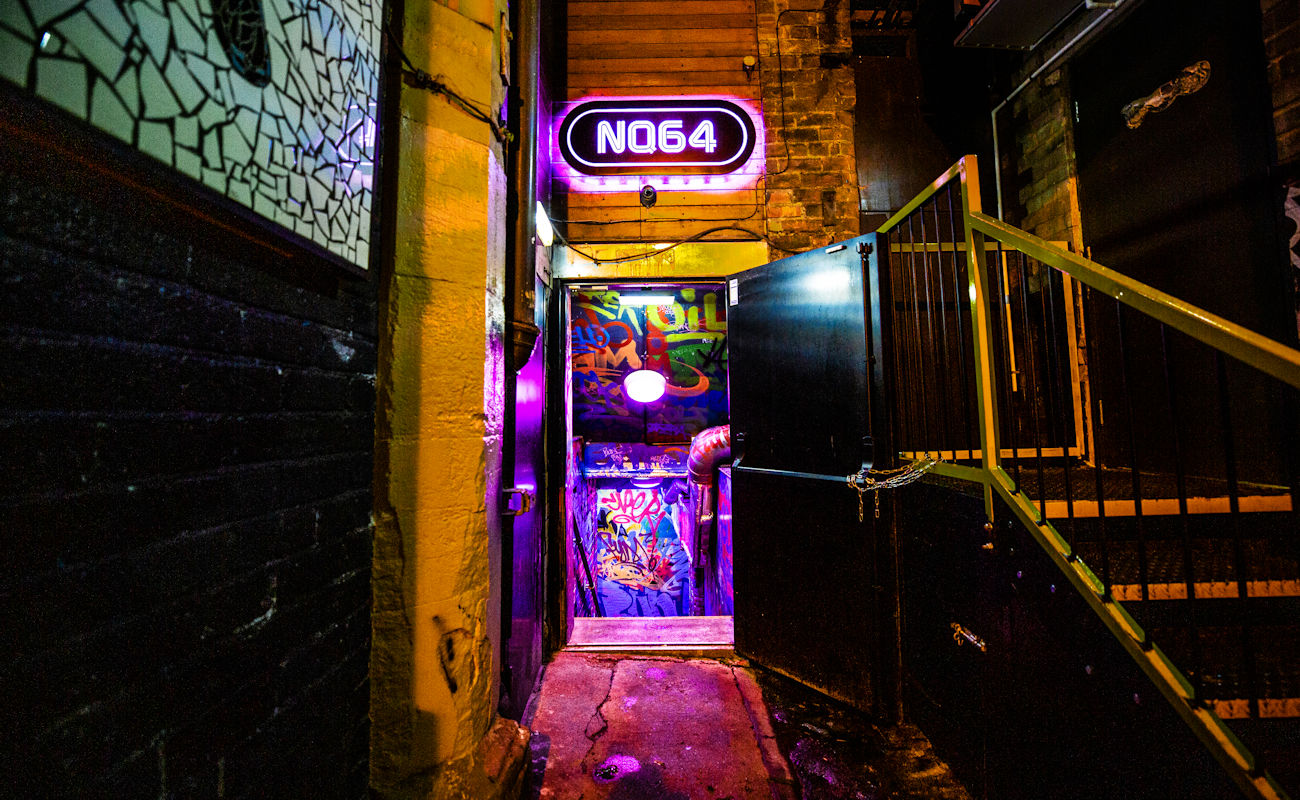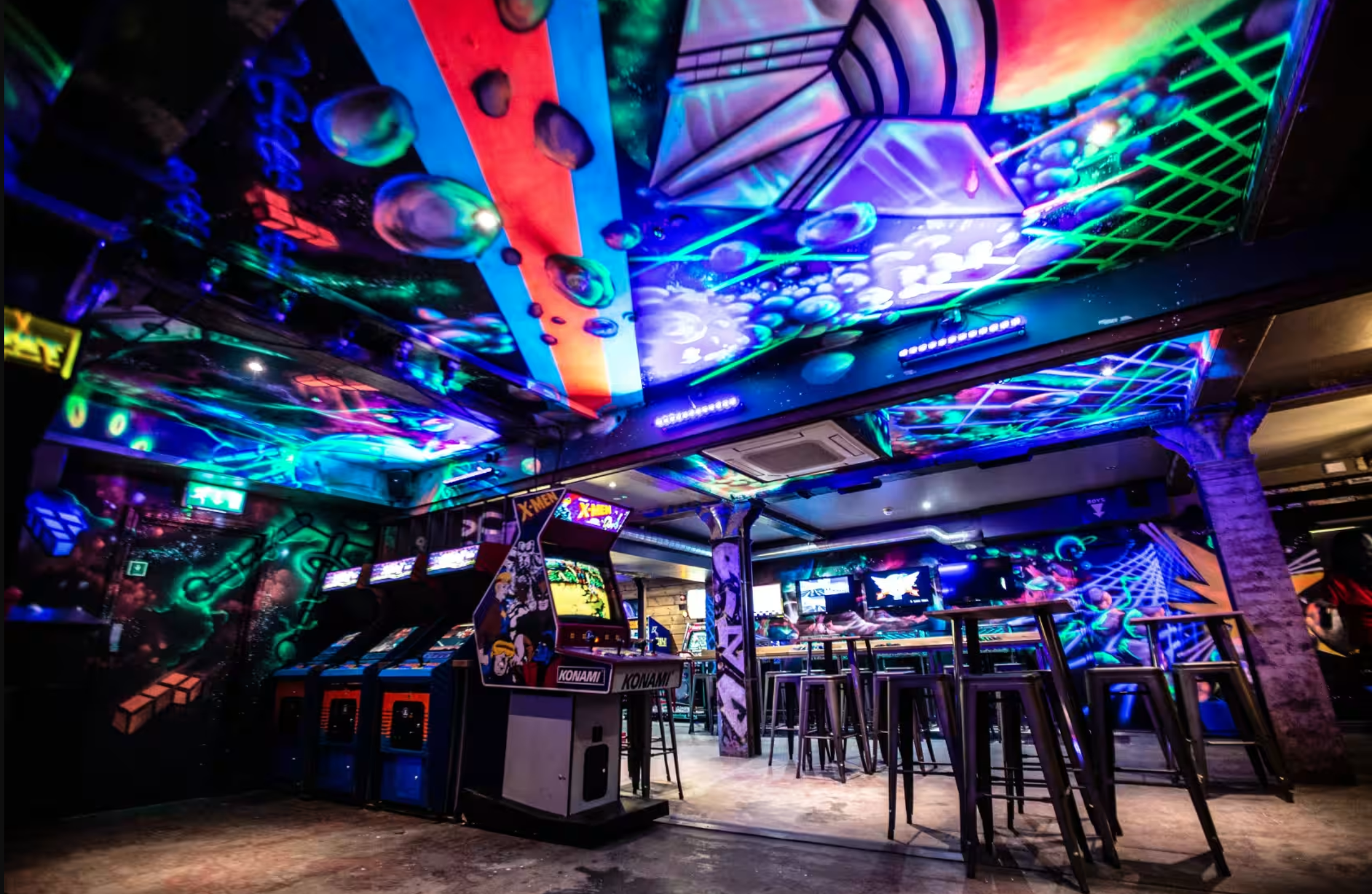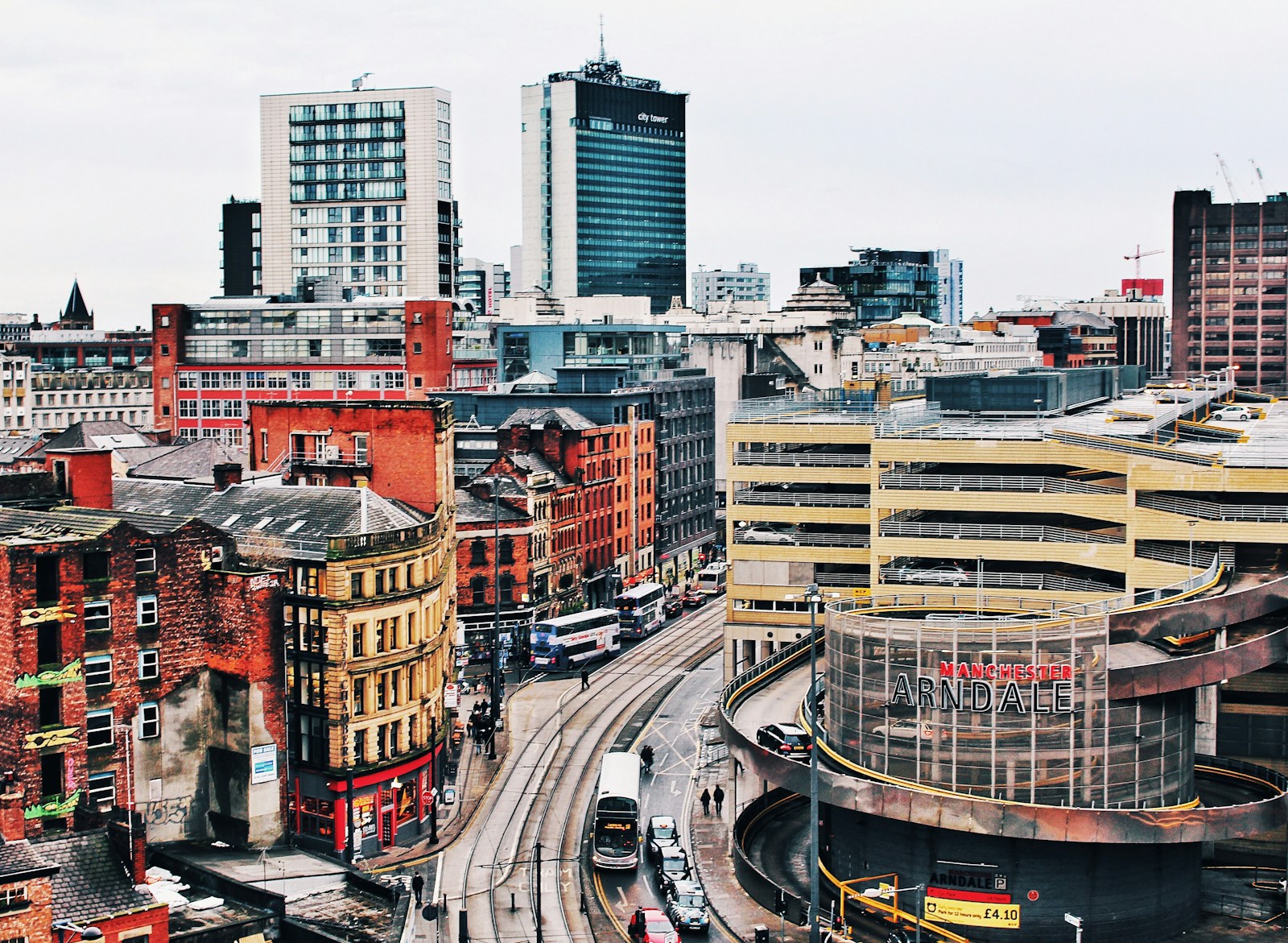As the UK continues to face challenges from the decline of traditional retail spaces, mixed-use developments have emerged as a powerful tool for revitalising urban centres. By blending residential, commercial, and cultural spaces, these districts breathe new life into struggling areas, creating vibrant communities where people can live, work, and play.
Successful mixed-use projects highlight how these developments are transforming UK towns. These projects not only stimulate local economies but also enhance community engagement and attract new investments.
Some of the most frequently referenced mixed-use district success stories in the UK include the following:
1. King’s Cross, London
King’s Cross is widely cited as a benchmark for successful mixed-use redevelopment. The 67-acre site, once an industrial wasteland, was transformed into a thriving hub with offices, residential units, cultural spaces, and public parks. Major companies like Google have established headquarters here, and the district is home to the University of the Arts London. The combination of high-end residential properties, retail, dining, and workspaces has made it a model for future mixed-use developments.
Sources:
2. Battersea Power Station, London
The Battersea Power Station redevelopment is a well-known example of a mixed-use project that has revitalized a historic site. This iconic landmark, once a derelict industrial space, now houses a mix of offices, shops, restaurants, and luxury apartments, alongside leisure and cultural facilities. The introduction of the Northern Line extension has further enhanced its connectivity, making it a highly attractive location for both residents and businesses.
Sources:
3. Brindleyplace, Birmingham
Brindleyplace in Birmingham is another successful mixed-use redevelopment. Initially developed in the 1990s, this district now comprises a blend of office spaces, residential units, restaurants, retail outlets, and public spaces, including canalside developments. It has become a key financial and leisure hub in Birmingham and continues to attract investment and businesses, proving the value of mixed-use districts in regional cities.
Sources:
4. MediaCityUK, Salford
MediaCityUK in Salford is a prime example of a mixed-use development centred around a specific industry—in this case, media and technology. Home to the BBC, ITV, and various other media companies, it has integrated residential units, office spaces, retail outlets, and leisure facilities. The development is a key part of the regeneration of Salford and Greater Manchester, positioning itself as a global hub for the creative and digital industries.
Sources:
5. Liverpool ONE, Liverpool
Liverpool ONE is one of the largest open-air shopping, residential, and leisure complexes in the UK. Spanning 42 acres, this mixed-use district has transformed Liverpool’s city centre by integrating retail, leisure, and entertainment spaces with residential units. Its design blends seamlessly with the city’s existing architecture and has revitalised the local economy, contributing significantly to Liverpool’s tourism and retail sectors.
Sources:
These examples highlight the success of mixed-use developments in not only revitalising urban areas but also creating vibrant, economically resilient communities. They show how combining residential, commercial, and entertainment spaces can breathe new life into cities and towns.



